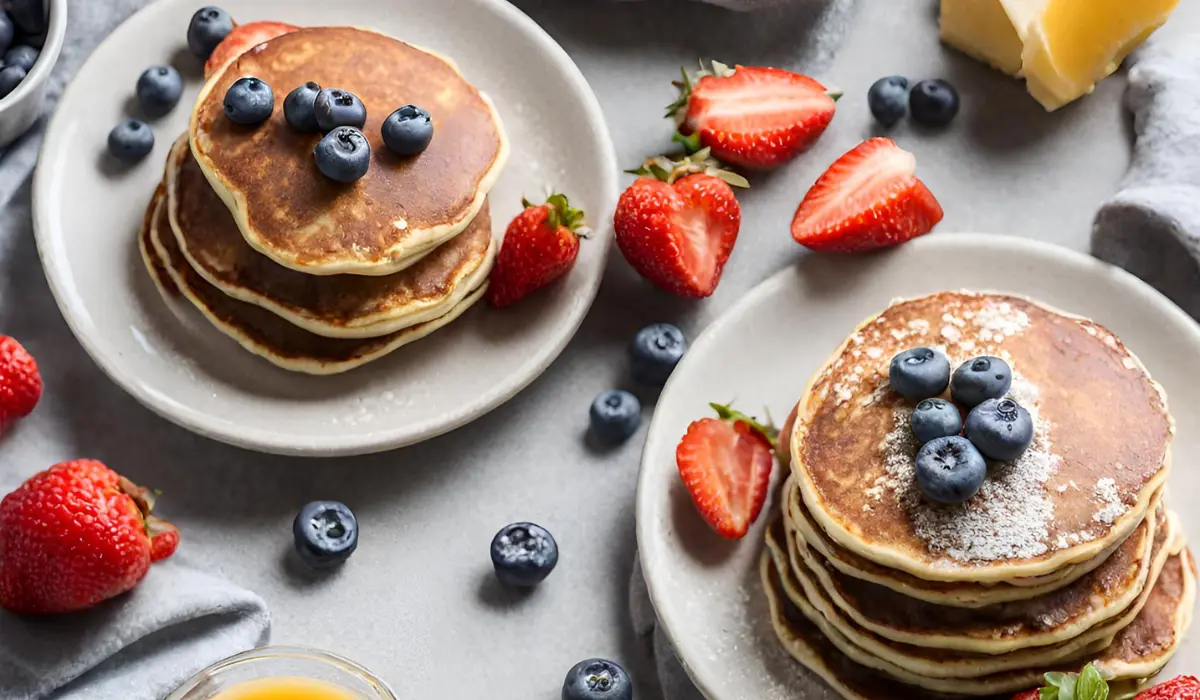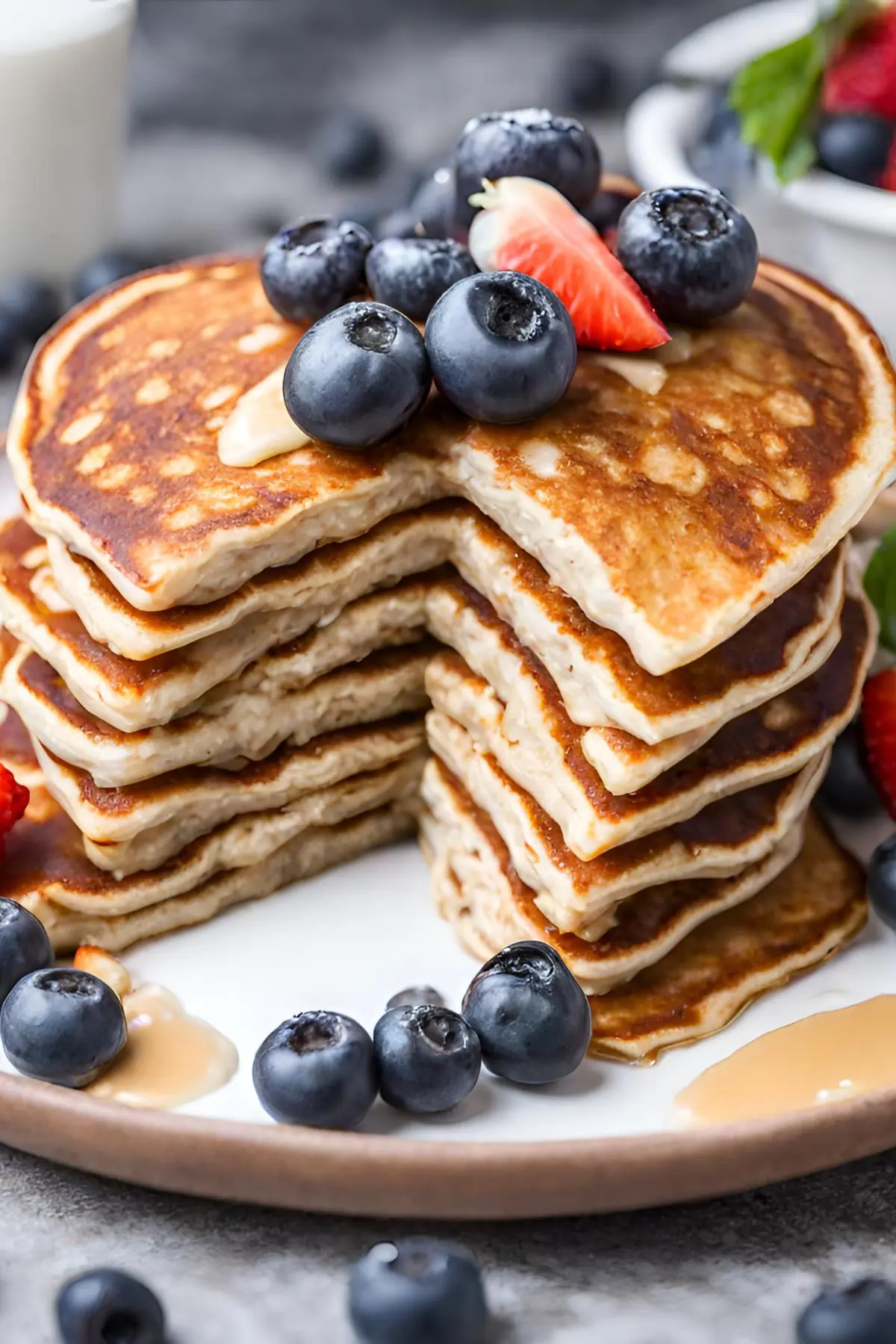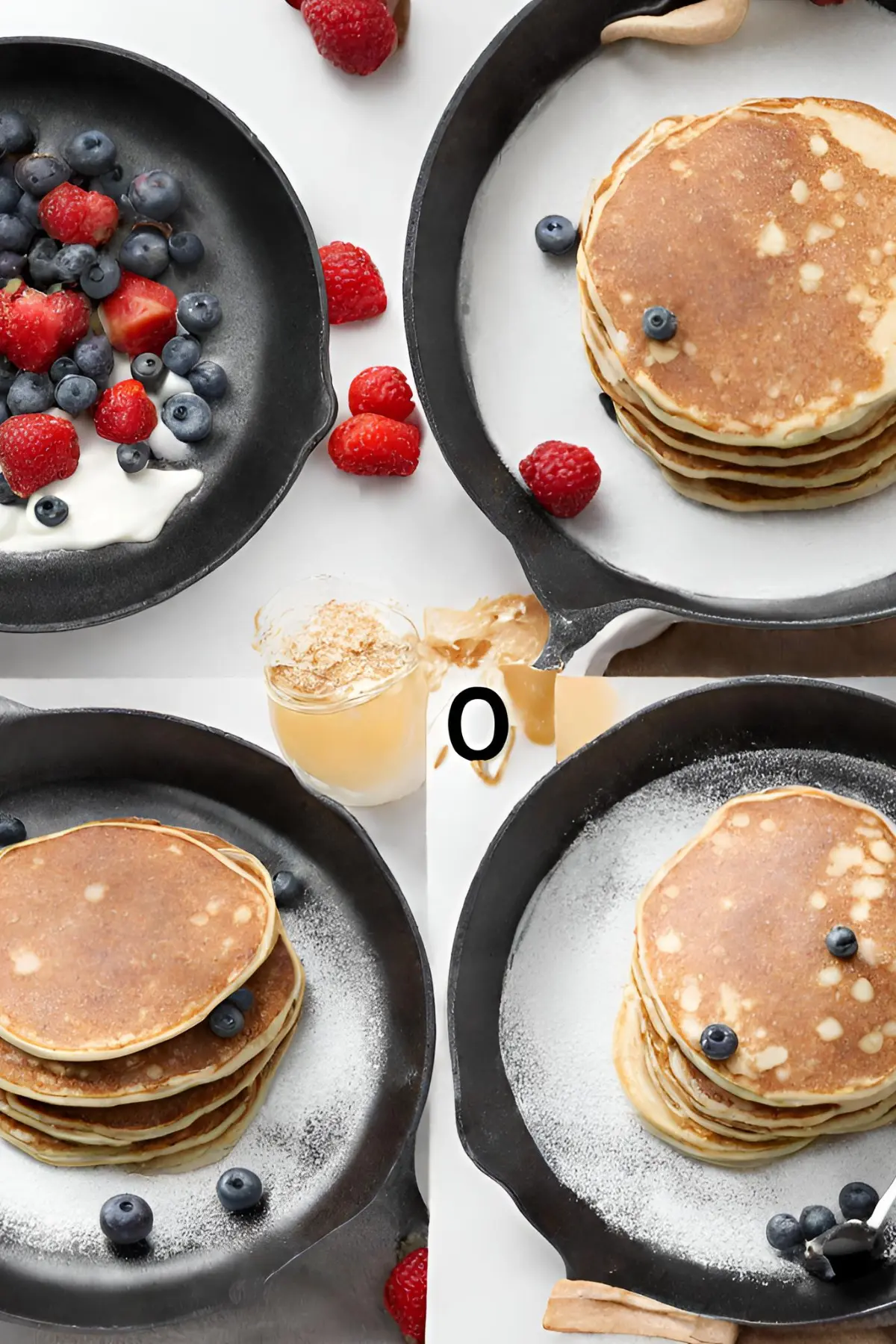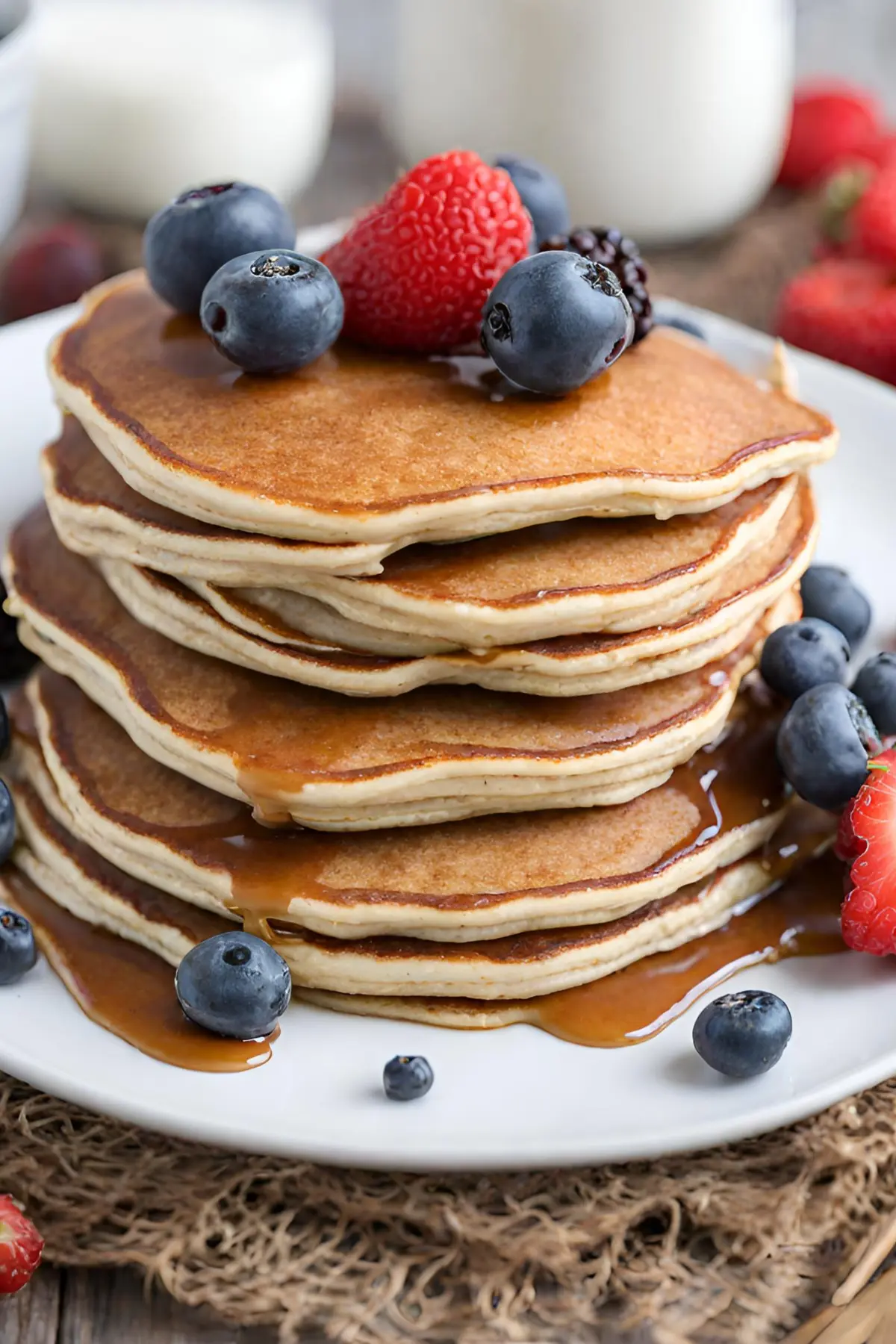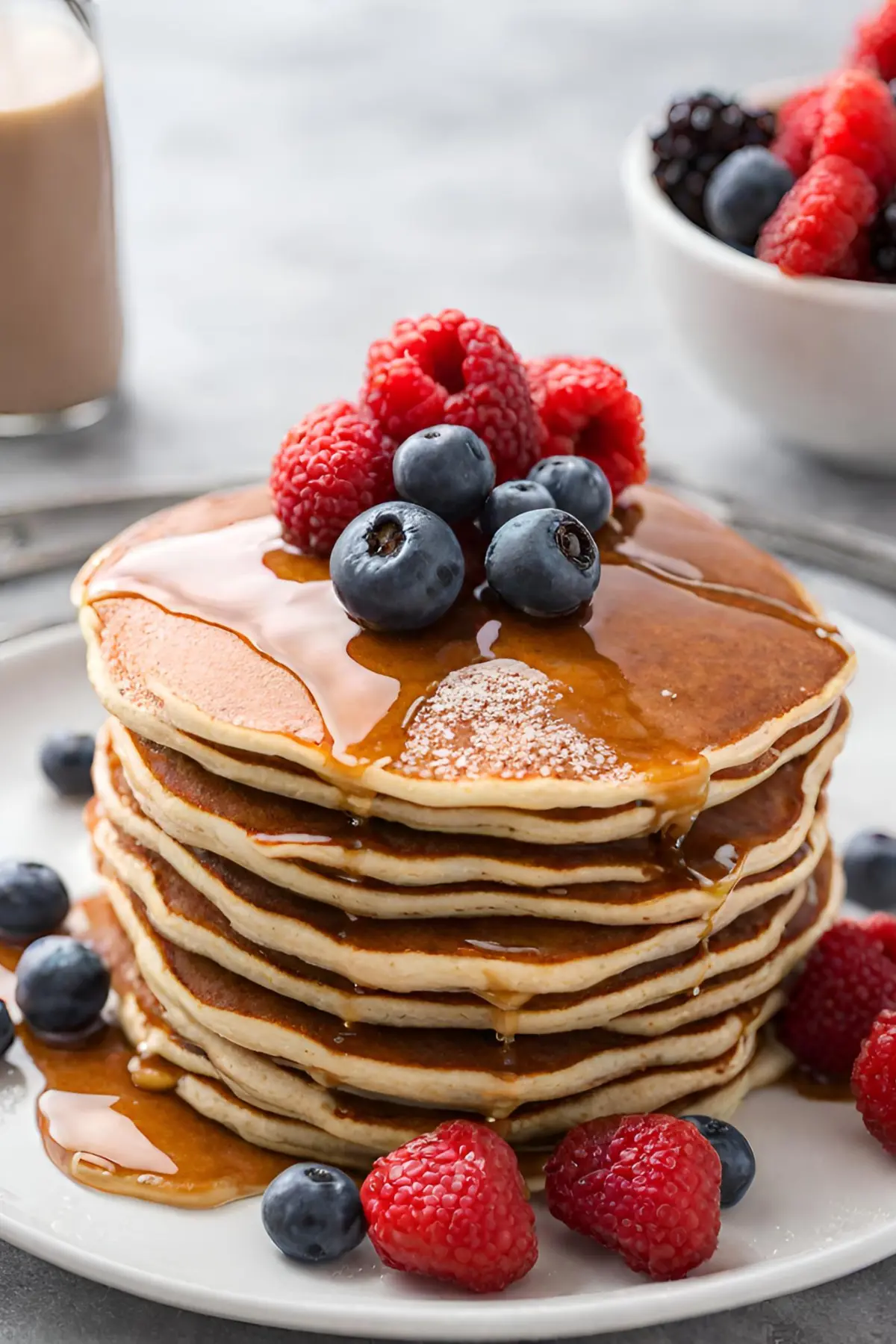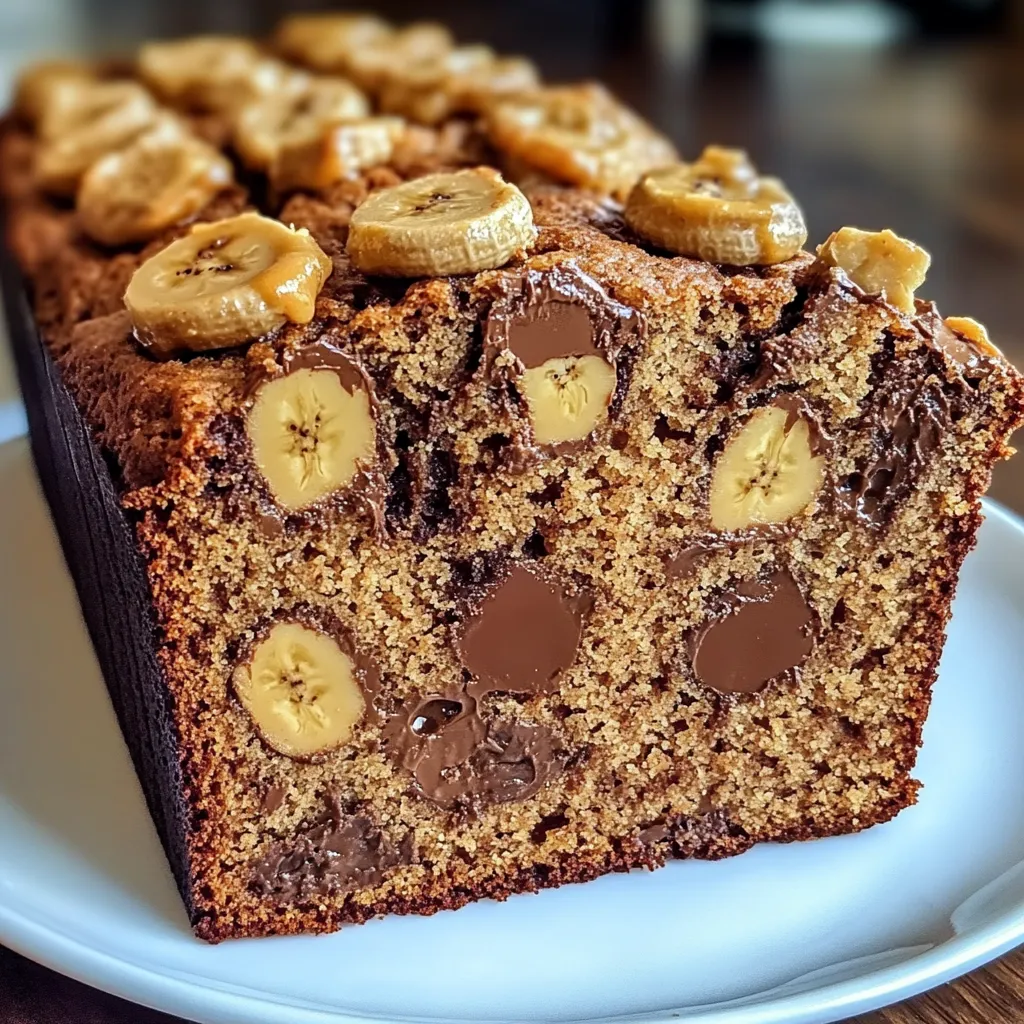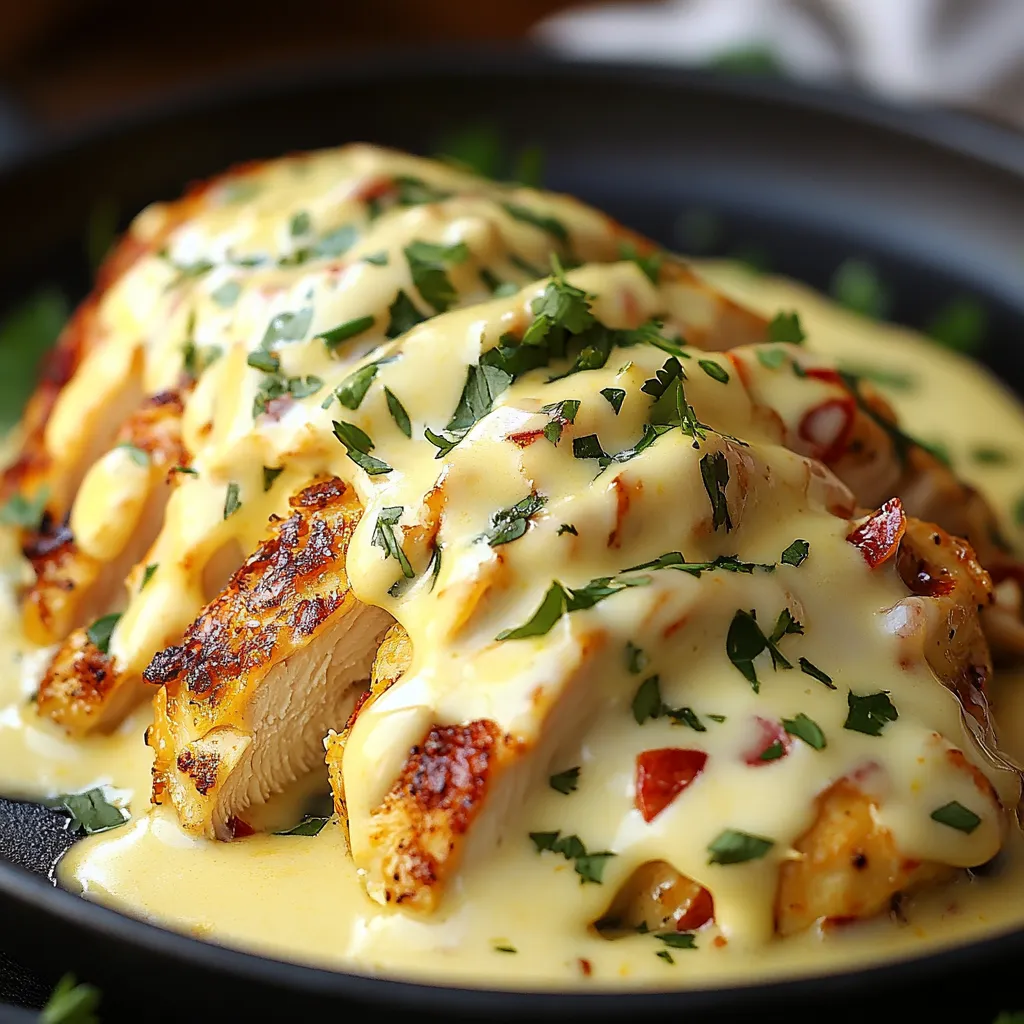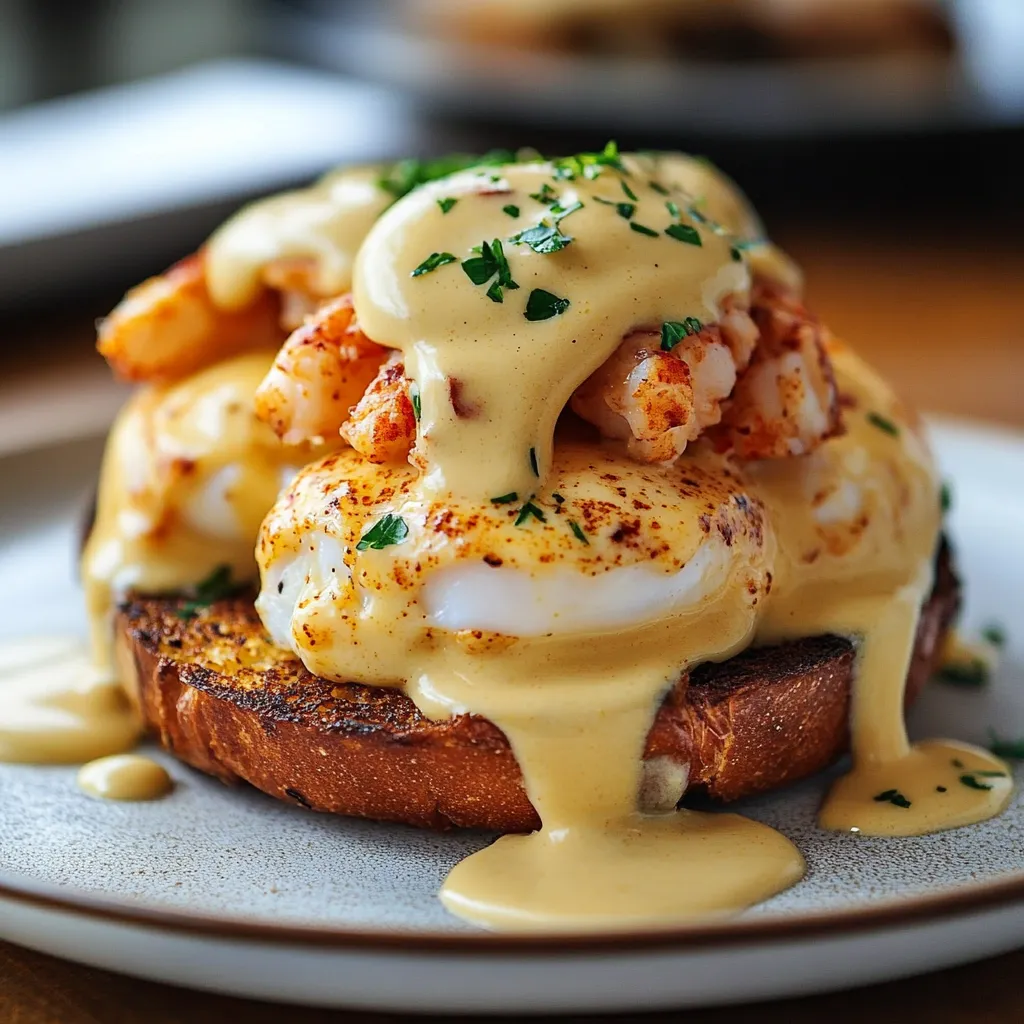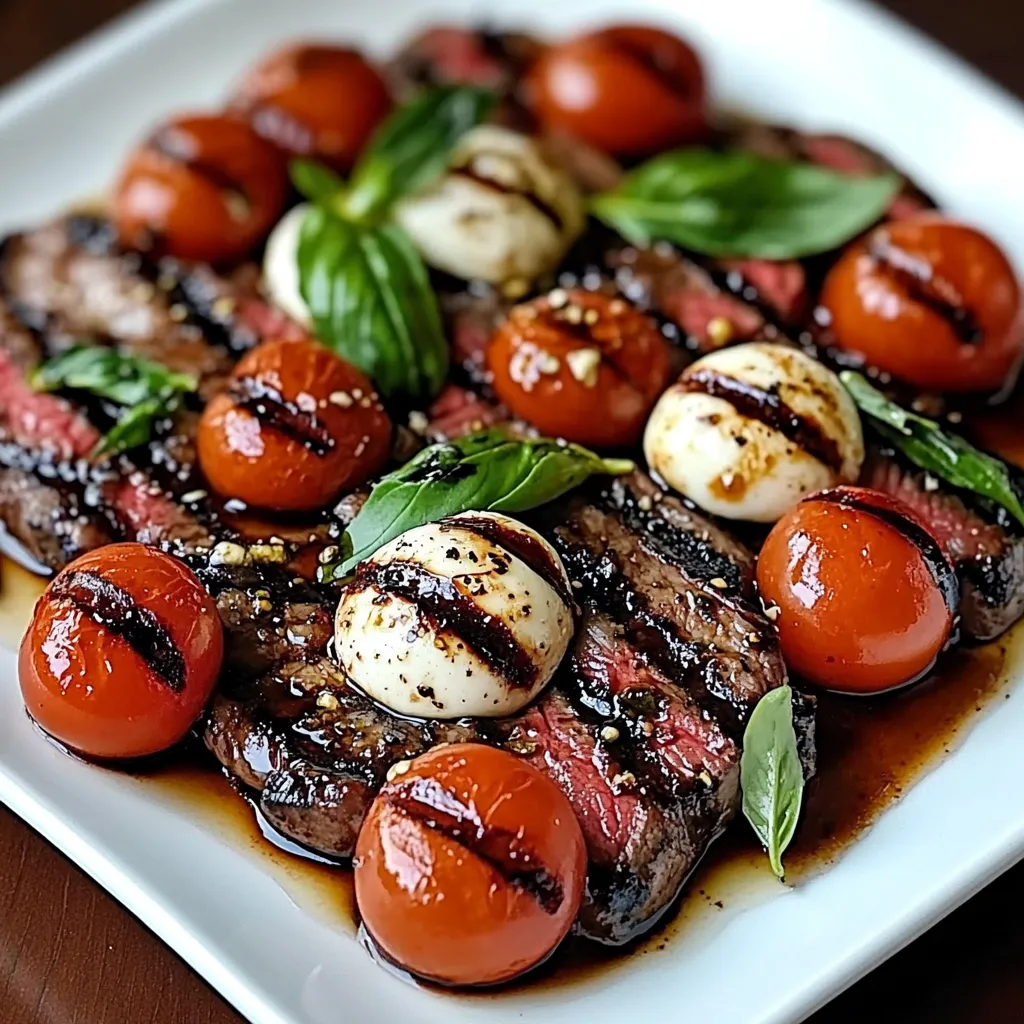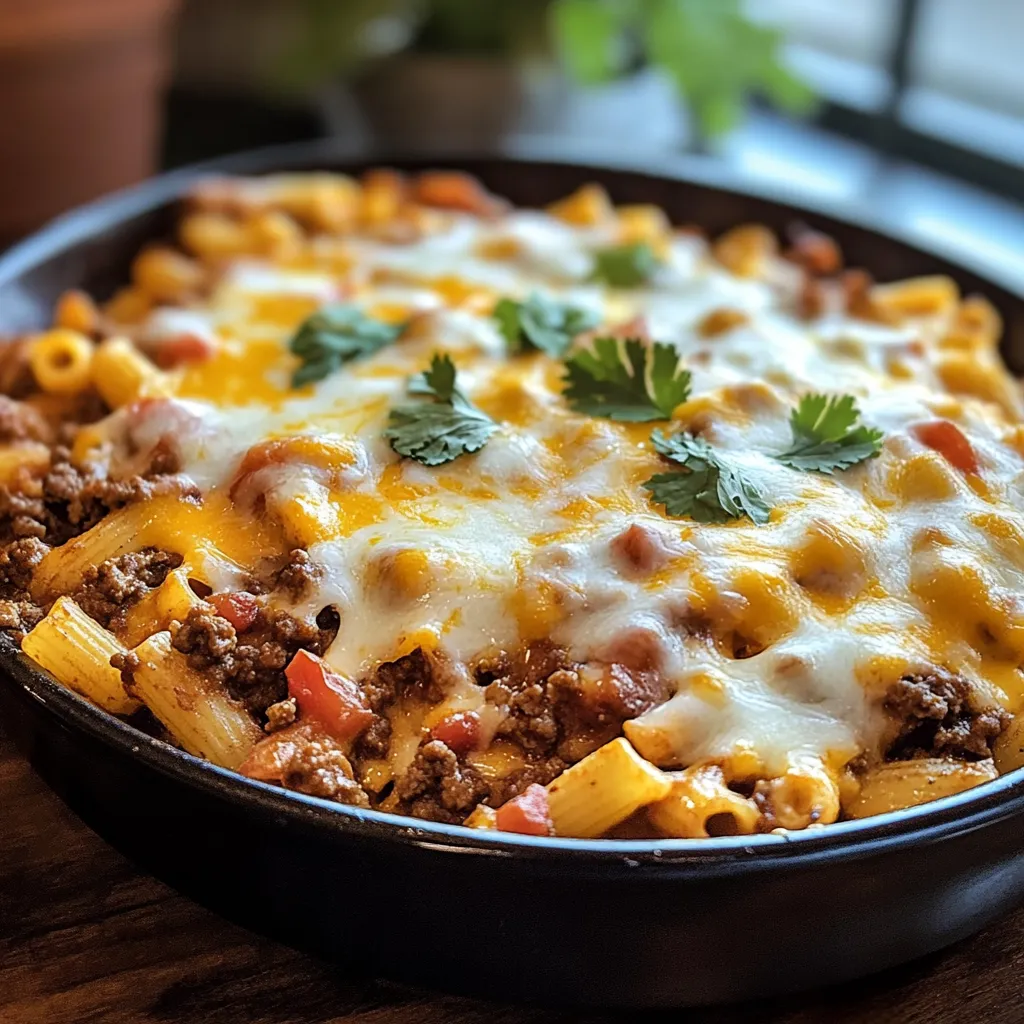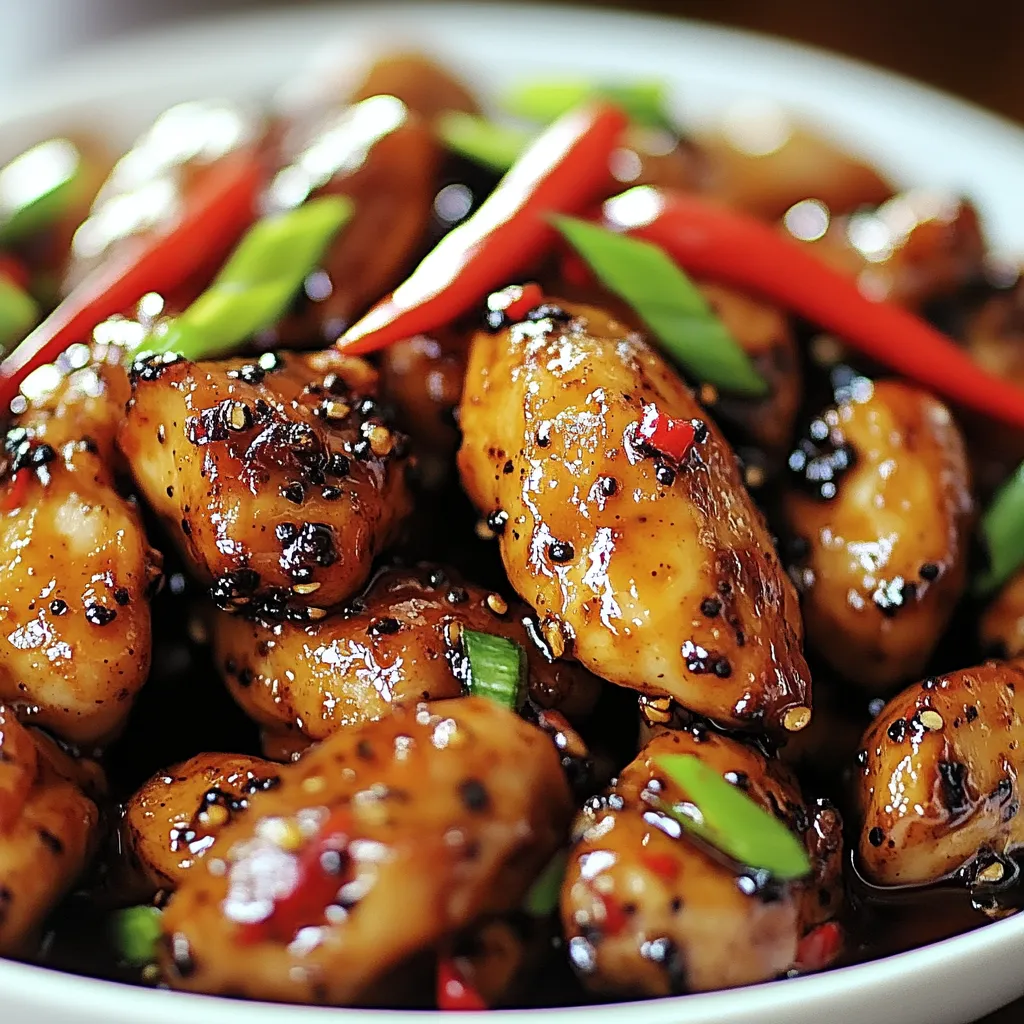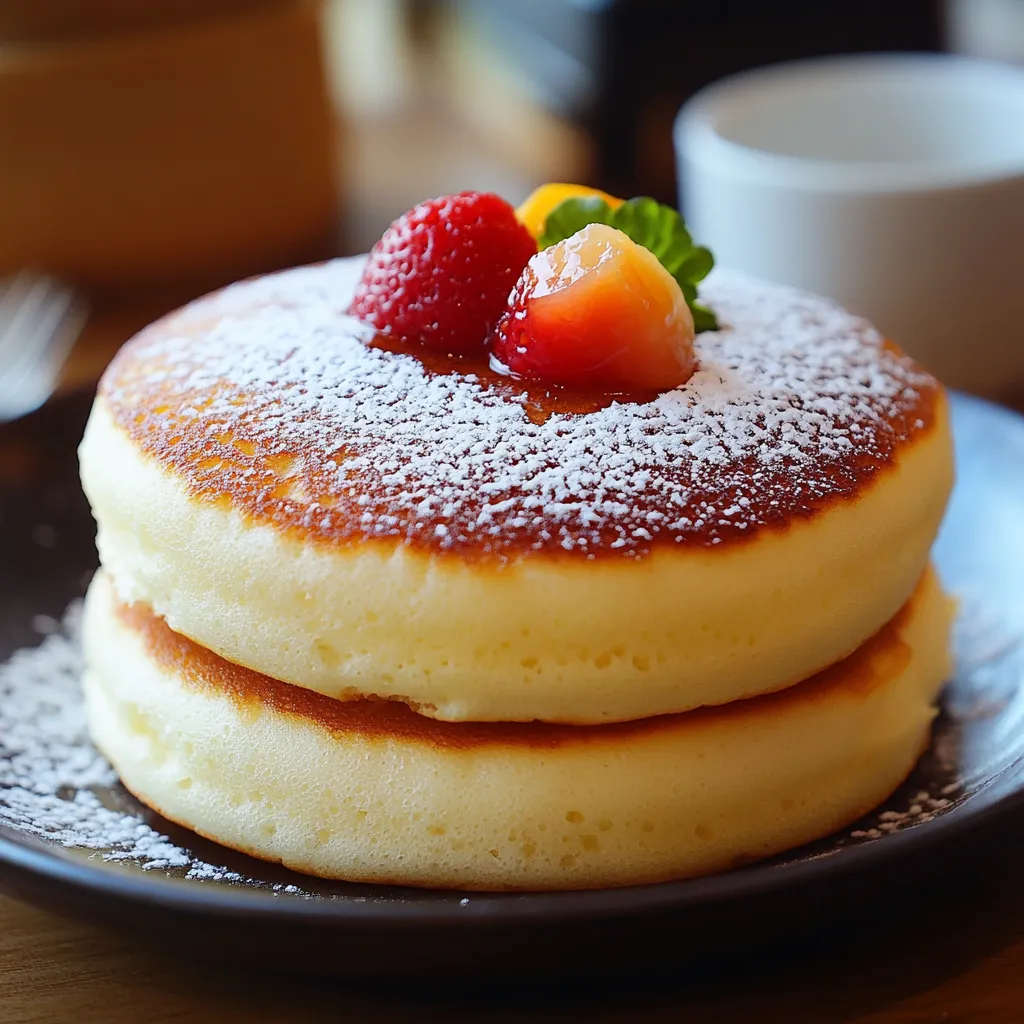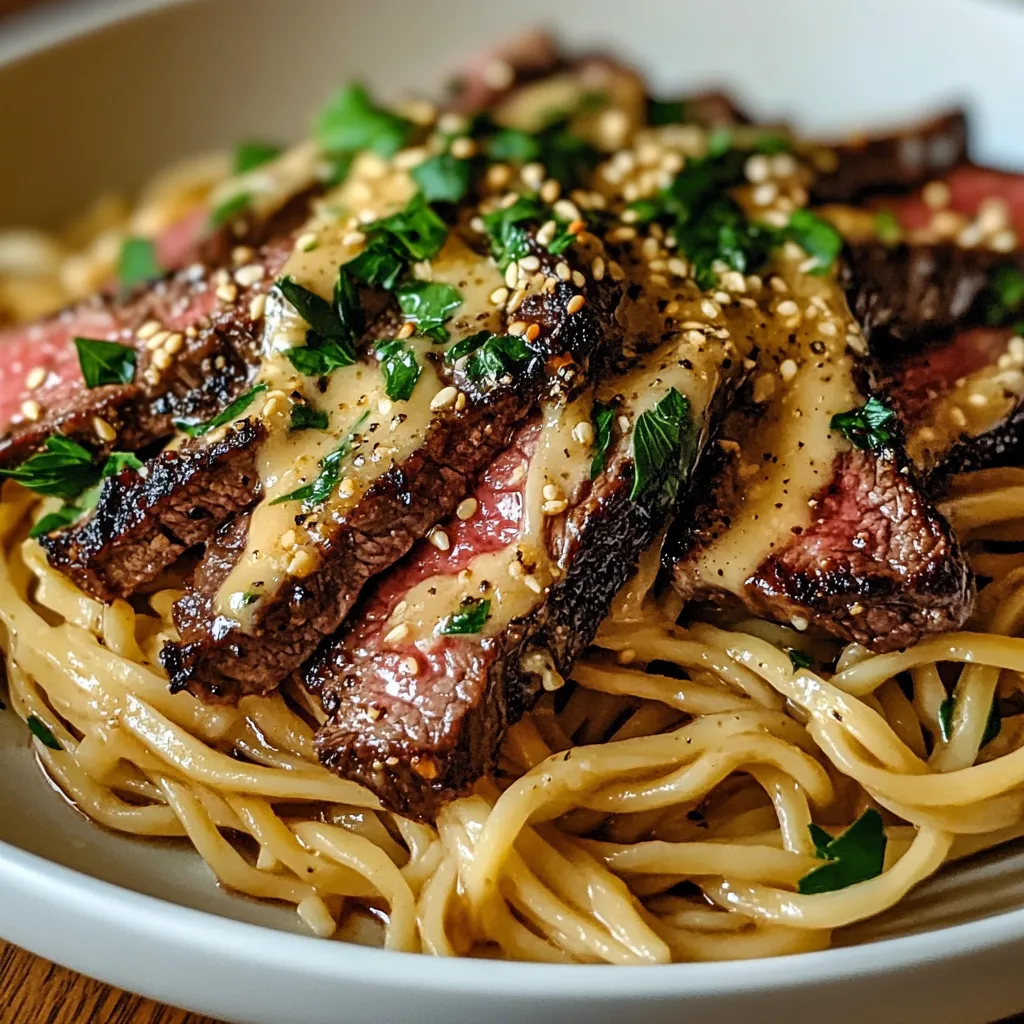The Ultimate Guide to Making Protein Pancakes Without Banana
Protein pancakes offer a delicious and nutritious start to the day, combining the joy of a comforting breakfast with the benefits of a high-protein meal. This guide focuses on creating protein pancakes without the commonly used ingredient: bananas. Whether due to dietary restrictions, taste preferences, or simply to try something new, this banana-free version promises to be just as delightful.
Why Choose Banana-Free Protein Pancakes?
Choosing to omit bananas from your pancake recipe can be due to various reasons, including allergies, personal taste, or the desire for a lower-carb option. For those interested in the nutritional aspect of their meals, the American Dietetic Association provides excellent guidelines on protein intake, emphasizing its importance in a balanced diet.
Moreover, going banana-free doesn’t mean you’ll miss out on flavor or texture. With the right mix of ingredients, you can achieve that perfect pancake consistency and taste. This approach also opens up the recipe to those following specific dietary guidelines, such as gluten-free or dairy-free diets. For gluten-free flour options, the Celiac Disease Foundation offers a comprehensive guide that can be easily incorporated into this recipe.
Key Ingredients for Banana-Free Protein Pancakes
Crafting a batch of banana-free protein pancakes that still tantalizes the taste buds and meets nutritional goals is entirely possible with the right mix of ingredients. Whether you’re avoiding bananas due to personal taste or allergies, you can still enjoy a protein-packed breakfast that’s both satisfying and delicious. Here’s a breakdown of the essential ingredients you’ll need:
-
Protein Powder: The cornerstone of any protein pancake, your choice of protein powder can greatly influence the taste and nutritional content. Opt for a plant-based protein powder if you’re vegan or prefer a whey protein for its complete amino acid profile.
- Flour Alternatives: To keep your pancakes gluten-free, utilize a gluten-free flour blend, which is designed to mimic the texture of traditional flour without the gluten. Alternatively, oat flour is a fantastic option that lends a slightly sweet and nutty flavor to your pancakes, in addition to being naturally gluten-free.
- Milk Choices: The flexibility of milk options allows for customization based on dietary preferences. Almond milk and soy milk are excellent non-dairy alternatives that can reduce the calorie count while still providing a creamy texture. Dairy milk, on the other hand, contributes additional protein and richness.
- Eggs and Egg Whites: Eggs are not only a source of high-quality protein but also act as a binding agent to give your pancakes structure. For a lower fat option, consider using just the egg whites, which still provide protein without the yolks’ fats.
- Natural Sweeteners: To sweeten your pancakes without resorting to refined sugars, natural sweeteners like maple syrup or honey are ideal choices. They offer a rich depth of flavor while keeping your pancakes healthier.
- Optional Mix-ins and Toppings: Customize your pancakes with a variety of mix-ins and toppings to suit your taste preferences. Fresh fruits like berries or diced apples, nuts such as almonds or walnuts, and even a sprinkle of chocolate chips can enhance the flavor and texture of your pancakes, making them even more enjoyable.
With these key ingredients, you can easily whip up a batch of banana-free protein pancakes that don’t compromise on flavor or nutrition. Experiment with different combinations of mix-ins and toppings to discover your perfect pancake creation.
Equipment Needed
To make these pancakes, you’ll need a few kitchen staples:
- Mixing bowl
- Whisk or blender
- Non-stick skillet or griddle
- Spatula
Step-by-step guide for preparing protein pancakes:
-
Ingredients:
- Protein powder of your choice
- All-purpose flour (substitute with almond or oat flour for a gluten-free option)
- Milk (dairy or any plant-based milk)
- Eggs
- Sweetener (sugar, honey, maple syrup, or a sugar substitute)
- Optional mix-ins (blueberries, chocolate chips, banana slices, nuts, etc.)
- Butter or coconut oil (for greasing the skillet)
Instructions:
1. Combine Ingredients:
- Start by gathering all your ingredients. This will make the cooking process smoother.
- In a large mixing bowl, whisk together the protein powder and flour. Make sure there are no lumps in the mixture.
- Add the milk to the bowl. If you’re using plant-based milk, any variety like almond, soy, or oat will work well.
- Crack the eggs into the bowl. Ensure that no shell pieces fall into the mixture.
- Add your choice of sweetener. Adjust the amount based on your preference for sweetness.
- If you’re using any optional mix-ins, fold them gently into the batter. Be careful not to overmix, as it can make the pancakes tough.
2. Prepare the Skillet:
- Place a skillet on the stove and turn the heat to medium.
- Once the skillet is warm, add a small amount of butter or coconut oil. Use a pastry brush or a paper towel to lightly grease the entire surface of the skillet.
- Wait for the butter or oil to melt and lightly coat the skillet’s surface, indicating it’s ready for cooking.
3. Cook the Pancakes:
- Pour or scoop the batter onto the skillet, forming pancakes of your desired size. A standard ladle can be a good measure for each pancake.
- Cook the pancakes until bubbles start to form on the surface. This usually takes about 1-2 minutes, but keep an eye on them to ensure they don’t burn.
- Once bubbles appear and the edges look set, use a spatula to carefully flip each pancake. The bottom should be a light golden brown.
- Cook the other side until it’s also golden brown and the pancake is cooked through. This usually takes another 1-2 minutes.
- Repeat with the remaining batter, adding more butter or oil to the skillet as needed to prevent sticking.
Serving Suggestions:
- Serve the pancakes hot off the skillet with your choice of toppings. Some popular options include fresh fruits, a drizzle of honey or maple syrup, yogurt, or a sprinkle of nuts.
- You can also stack them and add a dollop of nut butter for extra protein.
Enjoy your delicious and nutritious protein pancakes!
Nutritional Information Breakdown:
Protein Pancakes – A Nutritious Choice:
- High in Protein: These pancakes serve as an excellent source of protein, crucial for muscle repair, growth, and overall body function. The exact amount of protein per serving will vary depending on the type of protein powder used and the size of the eggs. Typically, a serving could provide anywhere from 15 to 25 grams of protein, making it a substantial option for post-workout meals or a protein-rich breakfast.
- Customizable for Dietary Needs: The recipe is adaptable to meet various dietary restrictions and preferences. For example, using gluten-free flour like almond or oat flour makes it suitable for those with gluten sensitivities or celiac disease. Plant-based milk and egg substitutes can be used to cater to vegan diets, and sugar substitutes can accommodate those monitoring their sugar intake.
- Balanced Macronutrients: In addition to protein, these pancakes offer a good balance of carbohydrates and fats, essential for a well-rounded diet. The choice of flour and milk can influence the carbohydrate content, while eggs and optional mix-ins like nuts or chocolate chips can provide healthy fats.
- Rich in Vitamins and Minerals: Depending on the mix-ins and toppings chosen, these pancakes can also be a good source of vitamins and minerals. For instance, adding blueberries can provide antioxidants, while bananas can offer potassium, and nuts can add magnesium and healthy fats.
- Low in Added Sugars: By controlling the amount and type of sweetener, these pancakes can be made with less added sugar than traditional pancakes, making them a healthier option. Natural sweeteners like honey or maple syrup can offer additional nutrients and antioxidants.
Calculating Your Nutritional Information:
For a precise nutritional breakdown, it’s recommended to use a nutrition calculator and input the specific brands and quantities of ingredients you’re using. This will account for variations in nutritional content between different products and allow for customization based on your dietary needs and goals.
Tips for a Healthier Pancake:
- Opt for Whole Ingredients: Use whole, unprocessed ingredients wherever possible for maximum nutritional benefits.
- Moderate Your Portions: Be mindful of portion sizes and toppings to keep calorie intake in check while still enjoying a fulfilling meal.
- Incorporate Fruits and Nuts: Add fresh fruits and nuts for extra fiber, vitamins, and minerals, enhancing the nutritional profile of your pancakes.
Enjoying protein pancakes can be a delicious and healthful way to start your day or replenish your energy after a workout, tailored to fit your nutritional requirements and taste preferences.
Customization Ideas for Protein Pancakes
- Fruit Toppings: Add fresh berries or sliced fruit for a natural sweetness.
- Nut Butters: A dollop of peanut or almond butter can add flavor and protein. The National Peanut Board highlights peanut butter as a great protein source.
- Yogurt or Cream: For extra creaminess and a dose of probiotics, top your pancakes with Greek yogurt.
Meal Prep and Storage Tips
- Make Ahead: Cook a batch of pancakes and store them in the fridge for up to 3 days or freeze for longer storage.
- Reheat: Warm up pancakes in the microwave or toaster for a quick and convenient breakfast.
FAQs
- Are protein pancakes actually healthy? Yes, when made with wholesome ingredients, they can be a healthy breakfast option.
- Can I use protein powder in pancakes? Absolutely, it’s a great way to boost the protein content.
- How much protein is in a protein pancake? This varies by recipe, but typically, you can expect about 10-20 grams per serving.
- Is this protein pancake recipe low carb? Depending on the flour and milk used, it can be adapted to fit a low-carb diet.
In conclusion, making protein pancakes without bananas is not only possible but also incredibly satisfying. By choosing the right ingredients and following simple steps, you can enjoy a nutritious and delicious breakfast that fits your dietary needs and preferences.
You can read these articles too
Easy and Nutritious Banana Protein Pancakes Recipe
Banana Pancakes Recipe No Flour
Banana Pancakes Recipe With Pancake Mix
Pancake Recipe With Banana No Flour
Banana Protein Smoothie Recipe
Print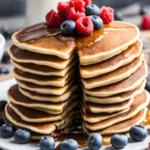
Easy Protein Pancakes (No Banana)
- Total Time: 25 minutes
- Yield: 10 pancakes 1x
- Diet: Gluten Free
Description
Indulge in a healthy and delicious start to your day with our Easy Protein Pancakes. This no-banana recipe is perfect for those looking for a high-protein, gluten-free breakfast option. Made with simple ingredients, these pancakes are fluffy, satisfying, and customizable with your favorite toppings.
Ingredients
- 1 cup gluten-free flour blend
- 2 servings of your preferred protein powder
- 1 cup milk (dairy or non-dairy)
- ½ cup egg whites
- 1 large egg
- 1 tablespoon pure maple syrup
- 1 teaspoon vanilla extract
- ½ teaspoon baking soda
- ½ teaspoon baking powder
- ¼ teaspoon fine salt
- Butter, coconut oil, or nonstick cooking spray for the pan
Instructions
- In a large mixing bowl, combine all dry ingredients.
- Add milk, egg whites, egg, maple syrup, and vanilla extract to the dry mix. Stir until smooth.
- Heat a non-stick skillet over medium heat and lightly grease with your choice of butter, coconut oil, or cooking spray.
- Pour ¼ cup of batter for each pancake onto the skillet. Cook until bubbles form on the surface, then flip and cook until golden brown.
- Serve warm with your favorite toppings.
Notes
- For a dairy-free version, use non-dairy milk and coconut oil.
- You can add blueberries, chocolate chips, or nuts to the batter for extra flavor.
- Prep Time: 10 minutes
- Cook Time: 15 minutes
- Category: Breakfast
- Method: Pan frying
- Cuisine: American
Nutrition
- Serving Size: per serving
- Calories: 174
- Sugar: 2g
- Sodium: 350mg
- Fat: 3g
- Carbohydrates: 25g
- Fiber: 1g
- Protein: 12g

